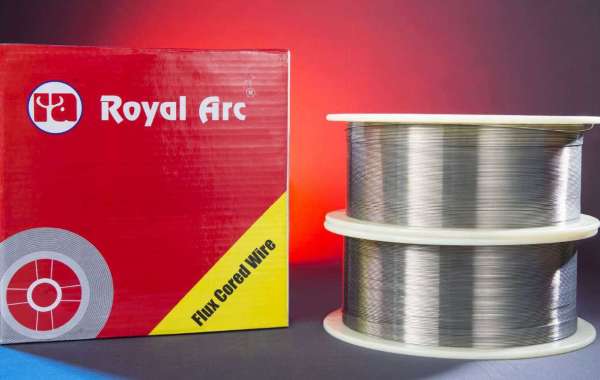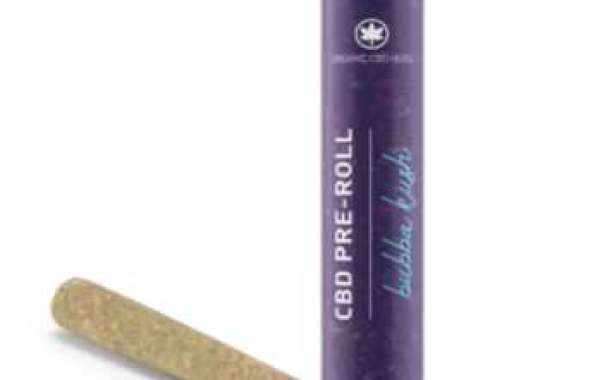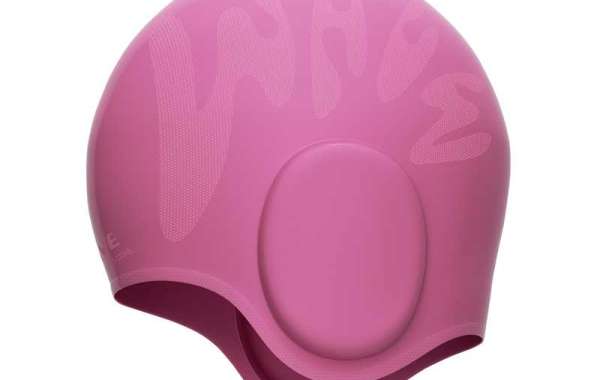Flux-cored arc welding (FCAW) wires have been around for quite some time, but many welders still find them confusing to use. However, becoming familiar with some basics about FCAW wires can help yield better results.
Welding thick metals (3/8" or more) utilizes flux-cored wire in an outdoor environment or in a horizontal welding position. They can also be used for welding metals that are difficult to weld with other methods, such as galvanised steel or stainless steel.
The blog post shares some information on the most appropriate applications, general classifications and characteristics, and advantages and limitations of flux-cored wire.
How can you choose the best flux-cored wire for your requirement?
When selecting a flux-cored welding wire, it is essential to consider the type of base material to weld. The base material properties will determine the best wire type to use. Mild steel, low-alloy steel, stainless steel, and nickel alloys are all suitable with flux-cored wires.
The required welding position is another important consideration. Vertical and overhead welding generally needs a gas-shielded wire, while people can use self-shielded wires for flat and horizontal welding positions.
When choosing a flux-cored welding wire, the available equipment and the welding operator's skill set are important factors. Some wires are only compatible with certain types of equipment, and some operators are better suitable to use one type of wire over another.
Making the best selection of flux cored wire requires careful consideration of all the factors involved. The right choice will depend on the particular job and the materials used. With so many options available, it is essential to consult with an expert before making a final decision.
There are several things to keep in mind when using flux-cored wires:
The welding characteristics of flux-cored wires are different from those of solid wires. The molten metal from a flux-cored wire is more difficult to control, and the weld pool can be less stable. This can make it more difficult to produce high-quality welds, especially for beginners.
Flux-cored wires require higher currents than solid wires, which means that you will need a power source that can provide enough current. If you're not sure if your power source is up to the task, ask your welding supply company or an experienced welder.
Classifications and Characteristics:
A flux-cored wire is superior to other welding wires and sticks electrodes. Compared to other welding wires, they are resistant to mill and dirt scale and can weld through pollutants with less precleaning. Additionally, flux-cored wires are often more forgiving, meaning operators do not need to be as well-trained or skilled. Lastly, flux-cored wires is alloyed to match various base materials, resulting in high-strength welds and high impact values.
The classification of FCAW wires is based on the type of flux. The most common types are self-shielded and gas-shielded. Self-shielded wires do not require an external gas tank, while gas-shielded wires require a tank of shielding gas (usually CO2 or argon) to prevent weld oxidation.
FCAW Classification
Flux-cored wire manufacturers offer FCAW wires available in a variety of classifications. The most common include E70T-1, E71T-1, and E81T-1J.
Each classification is designed for specific welding applications and has advantages and limitations.
1. E70T-1 wires, for example, are suitable for mild welding steel and low alloy steel. They have good arc stability and penetration and produce minimal spatter. However, it is not suitable to use with galvanised or painted materials.
2. E71T-1 wires, on the other hand, a wide range of materials, including galvanise and paint metals can utilize it. They have excellent arc stability and penetration but can produce more spatter than E70T-1 wires.
3. E81T-1J wires is designed for welding stainless steel and other high alloy steels. They have good arc stability and penetration but can produce more spatter than E70T-1 wires.
Advantages:
FCAW wires have many advantages over other welding methods. They are versatile, allowing you to weld in multiple positions and metals. They also have a higher deposition rate, meaning you can weld faster with less heat input. Additionally, FCAW wires produce less smoke and spatter.
Limitations:
While FCAW wires have many advantages, there are also some limitations. One major limitation is that FCAW wires can be difficult to control, making them more difficult to use for smaller projects or welding in tight spaces. Additionally, the high deposition rate makes it easy to over weld with FCAW wires, leading to warping or distortion of the metal. Finally, FCAW welds are often not as strong as those made with other methods.
Despite some limitations, flux-cored arc welding is an excellent option for many applications. By understanding the basics of FCAW wires, you can confidently choose and use them for your next project.
Are you looking for reliable flux cored wire manufacturers?
Get in touch with us!








